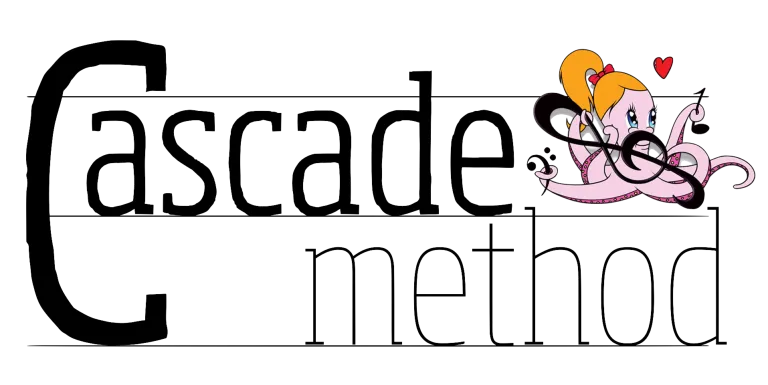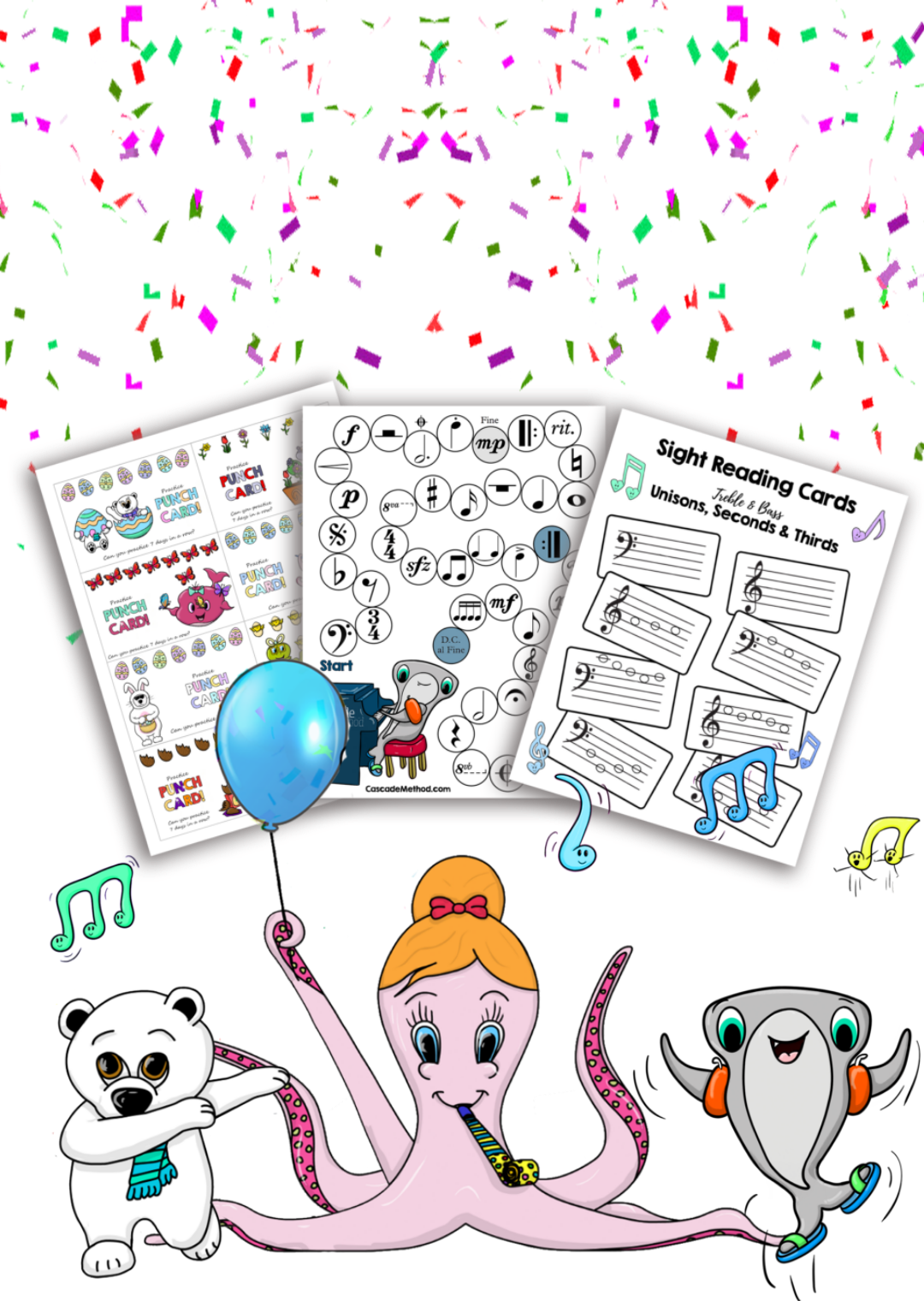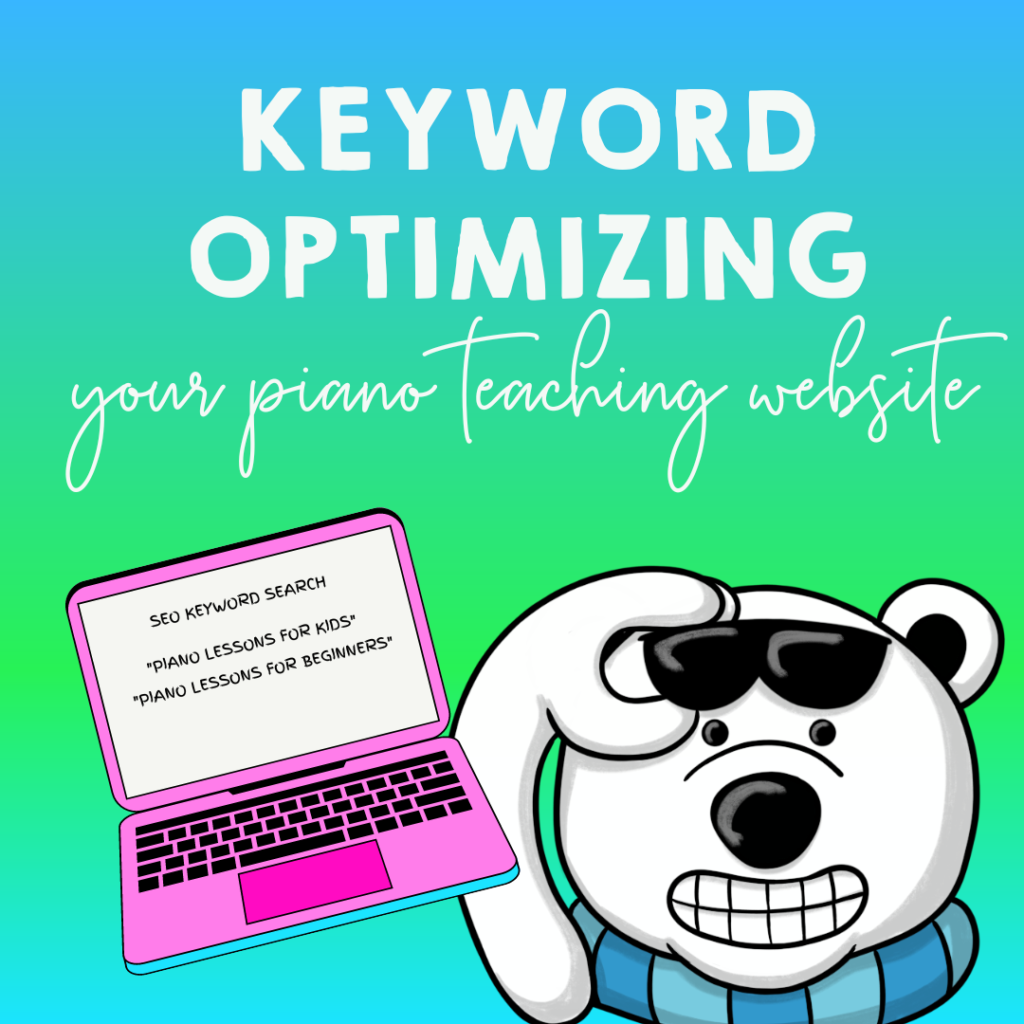
Keyword Optimizing For Your Piano Teaching Website
These days, your piano studio website is the best way to get new students. After all, when you are looking for a business, product or service, you probably look online first – not at the Yellow Pages – if you even remember what those are!
Yet having a studio website is only half the battle. There are millions of websites that hardly get any visitors.
Once you have a website, you need to help people find it.
There are two main ways to do this:
PAID ADVERTISING AND SEARCH ENGINE OPTIMIZATION
Paid advertising is also known as Search Engine.
There are two main ways to do this: paid advertising and search engine optimization Marketing (SEM), is known to most of us as the little ads that appear at the top of the Google results that, if you’re like me, you probably skip over. Known as Pay Per Click (PPC) ads, the advertiser is only charged when someone clicks on an ad.
Search Engine Optimization (SEO) means optimizing your website so that it’s visible in the Google results when people are searching for piano lessons in your area. Unlike paid advertising, SEO is free (except for your time spent working on it, which can be substantial). Also, SEO is a complex and always-evolving discipline. But there are some SEO fundamentals that are important for every website. One of these is “keyword optimization.”
Like SEO in general, there’s a lot to learn about optimizing your website’s keywords. The best strategy is to begin with the basics, check the results, then iterate and improve your keywords
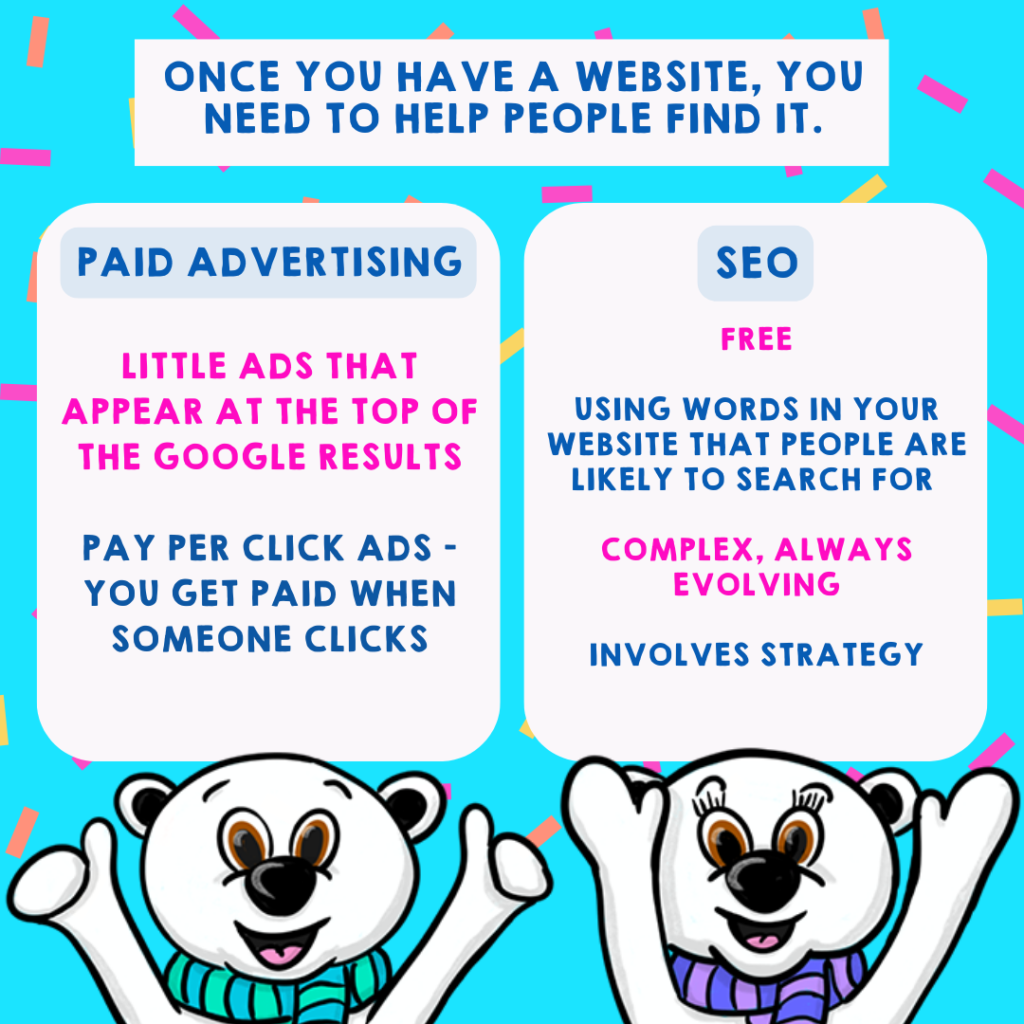
Step 1:
Brainstorm And Research Search Terms
If you don’t already know what keywords people use to find your website, this is the first thing to figure out. You might want to consider exactly what your “offer” is. Your offer is what you are selling – piano lessons. But do you have a niche? Preschoolers? Kids of all ages? Adults? Everybody? Beginners? Advanced players only? Classical? Jazz? All styles?
Ask your students and parents how they would go about looking for your studio, or go online and try different search terms.
Some common search terms are:
– piano lessons for kids
– piano lessons for beginners
But many people searching for local lessons will combine these phrases with their location e.g.:
piano lessons for kids Denver
Even if they don’t, Google will probably show them local results anyway, since Google probably knows exactly where they are. Google knows all. (Whether we like it or not.)
But don’t try to rank for a keyword term as generic as “piano lessons.” It’s not only extremely difficult, but quite possibly irrelevant. After all, you want to find students who are actively looking for what you offer in your area. Someone searching for “piano lessons” is probably only in the information-gathering phase, and may live thousands of miles away.
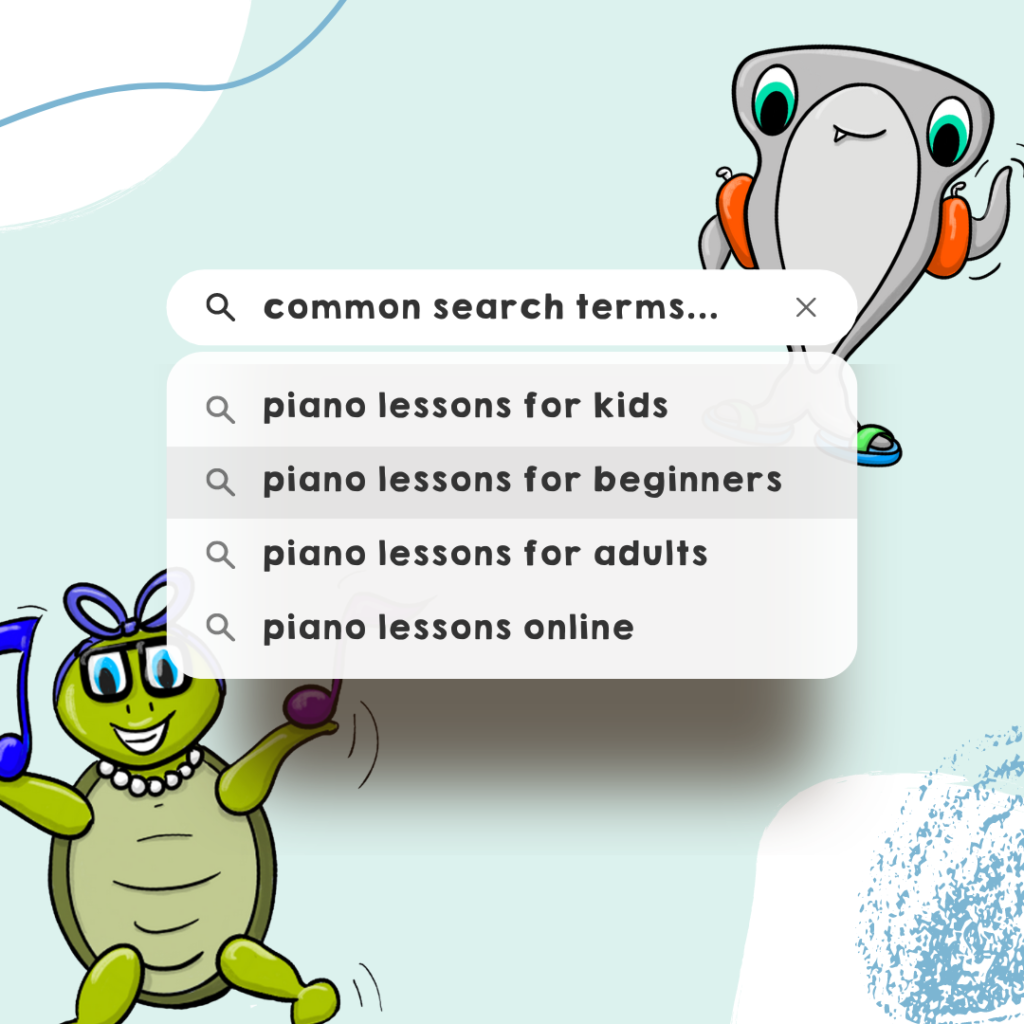
Step 2:
Check Your Website’s Current SEO
After choosing several phrases that you think people use to find you, enter these into Google and see where your site ranks.
If your site is already on page 1 of the search results, congratulations! Few searchers look beyond page 1. If you’re on page 5, or 9, or nowhere to be found…don’t despair. With keyword optimization and other SEO strategies you can gradually move your site up in the rankings and eventually to page 1. Though naturally this will be easier if you have less local competition.
You also might want to take note of the sites that are further up in the search results. Using free or paid SEO tools you can analyze these sites to find out just how hard it would be to surpass them in the rankings.
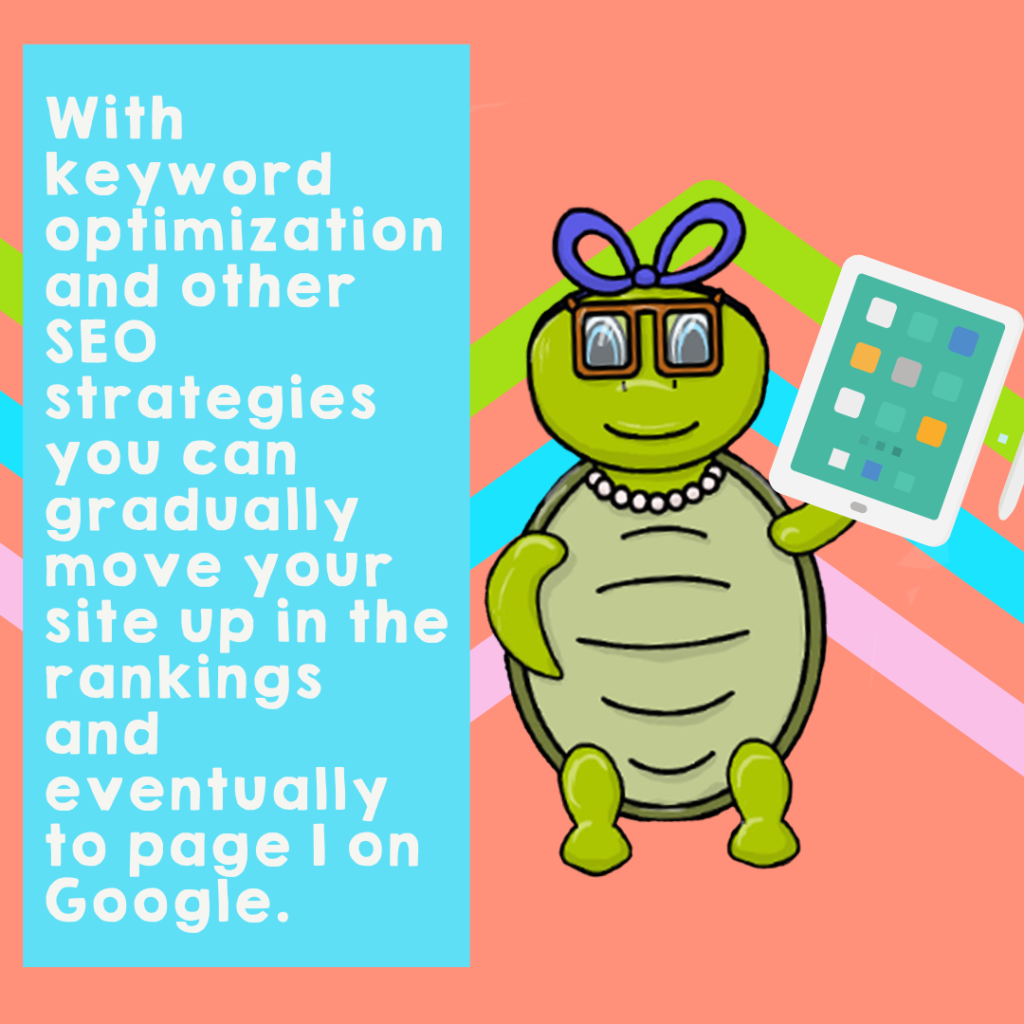
Step 3:
Optimize Your Site’s Pages
Web pages, not entire websites, are optimized for keywords. Consider that Google ranks a page higher if it believes it answers the searcher’s questions or needs best. So perhaps the first thing to do is to ask yourself how you can best do that. Say your site is currently on page 2 of the results. Look at the sites on page 1 of the results, and identify how the top pages on those sites are managing to rank so highly for your chosen keyword phrases.
Your next step is to create content that’s better than your competitor’s pages. You might choose to optimize different pages differently. For example, if you teach both children and adults, and have a different page for each one, you could optimize one page for the term “children” and the other for “adults.”
Use keywords naturally. Google penalizes sites for “keyword stuffing.”
Step 4:
Optimize On Page SEO
This step includes adding keywords to specific codes that search engines use to rank websites.
If you don’t even have a domain name yet, you might consider including one or two keywords, in a natural way, in it. For example, I used two keywords that I hypothesized locals would use to find my local studio – “Portland” and “piano” – in the name of the studio, Portland Piano Lab. For my newer studio website – which is for creative adults seeking an online piano teacher – I included the words “creative” and “keyboardist” in both the business and domain names.
If you already have a business/domain name and it doesn’t include keywords, don’t worry. Including keywords in a business or domain name is not actually that important for SEO – though of course it doesn’t hurt, especially for human eyes!
The “backend” of a website includes opportunities to add keywords that help Google to understand your website and its purpose better, which will help your SEO. Be sure to take advantage of these. They include: title tags, which describe the title of a page; meta descriptions, which describe the content of a page; and header tags, which establish headings on a page, such as “Step 4: Optimize On Page SEO” above.
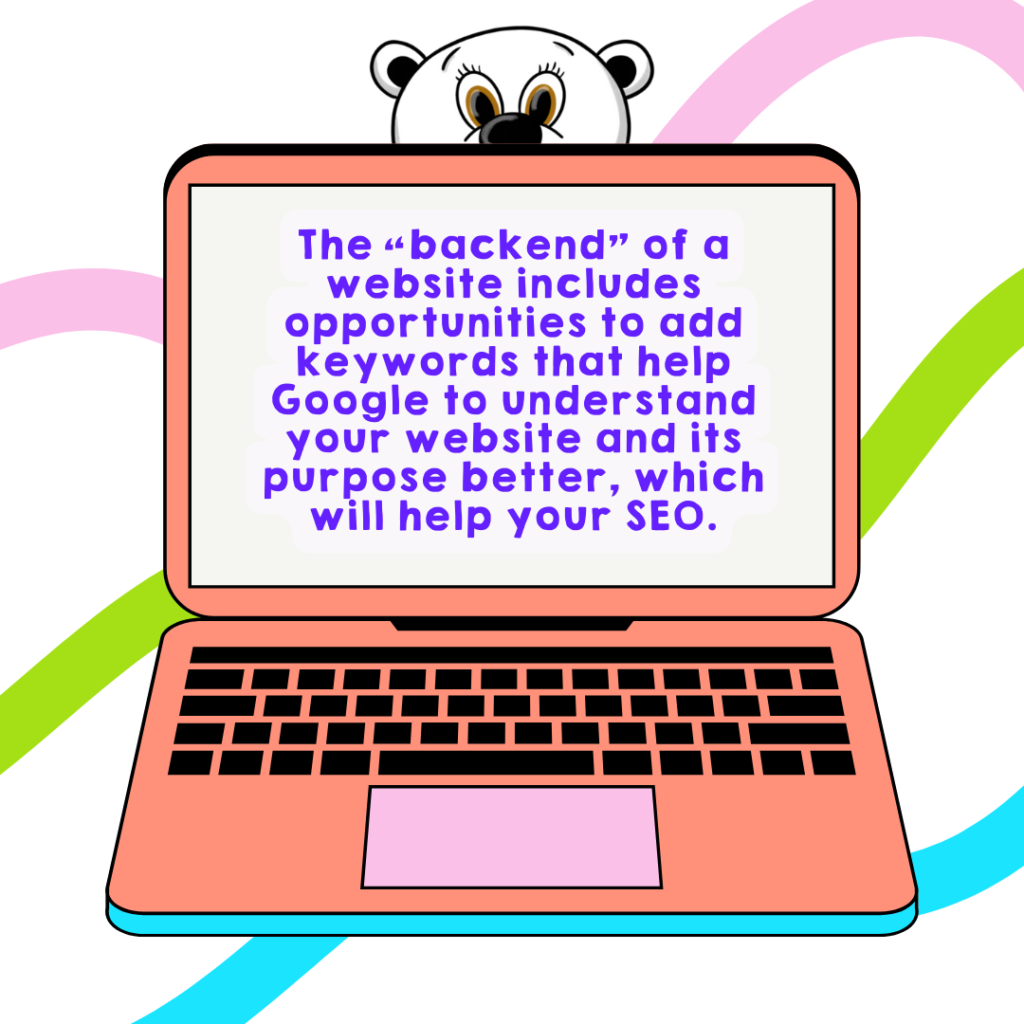
Step 5:
Optimize for Local Results
To optimize SEO for your local area, include the name of your studio and contact information (such as address and/or phone number) so it’s obvious to people viewing your site. This also helps Google know that you are in a specific area and should be displayed in the search results for your city or town when local people are searching for piano lessons.
The above five steps are just a few of the many required to properly optimize a website’s SEO. While SEO can seem overwhelming, even a little bit goes a long way.
Keep in mind that improvements in SEO can take time, as Google may not re-index your updated website for awhile. Yet once it does, consider that just a few tweaks may move it up in the rankings, above a competitor who hasn’t bothered to do so.
Doug Hanvey is a pianist, piano teacher, and composer. He studied music and education at Indiana University and holds a Master’s in Adult Education.
